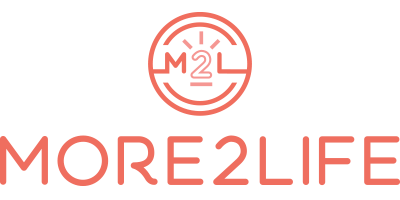The Impact of Drugs and Alcohol On Youth
Did you know that the first most commonly used drug amongst students in Pinellas County is alcohol? Now, you might be thinking that alcohol is not a drug, however, anything that alters your state of mind and impairs your judgement is considered a drug.
Why is alcohol the most commonly used drug? Well, because it is easy access for students. For adults over the age of 21, alcohol is legal, so it is a lot easier for someone underage to get their hands on alcohol. For many families there is alcohol in the fridge next to the capri sun, so as students grow older, they begin to feel tempted into trying some for themselves when no one is looking.
The impact of alcohol on our youth is huge. Students that are partaking in drinking alcohol have higher school absence rates and poor or failing grades. They also have a higher risk for falling to depression, which can lead to suicide and even homicide under the influence. Lastly, alcohol can lead to abuse of other drugs. For students that start drinking in their teenage years, it can actually wire their brain for addiction because their brain is not fully developed until the age of 25. The best possible option if you choose to drink is wait until you are on the right side of the law on your 21st birthday.
The next most commonly used drug for students is vaping. We have all heard of JUUL and seen commercials and ads for vape pens all over the world. Vaping has became so popular for all age groups, but specifically for students now in 2021. Many people think that because it is odorless and colorless, that it is safer than cigarettes. This is not true, in fact we are seeing health problems occur sooner rather than later for many that have started vaping.
The prior U.S. Surgeon General referred to vaping as “aerosols” instead of vape. This is because there are so many toxic chemicals found In these vape pens. There are over 44 different carcinogens (cancer causing agents) found in these pens. Some for example are lead, formaldehyde, acetone, and nickel. Of course these are toxic chemicals that are not meant to go into your lungs. The only thing meant and designed to go into your lungs is air, or oxygen.
Lastly, the third most commonly used drug is marijuana. Now we know that there is a major difference between medical and recreational marijuana. Medical marijuana has low levels of tetrahydrocannabinol (THC), or none at all, versus recreational marijuana that has very high levels of THC. In fact back in the 90’s, the average THC potency was 4.5%. Now in 2021, the average potency is up to 90%. Because the potency average is so high now, 20% (1 in 5) of users that start in their teenage years can become addicted to marijuana.
Students are being exposed to our culture telling them that smoking marijuana is fine, especially because they see everyone around them doing it. They are not thinking of the health implications marijuana could have on them, or how smoking marijuana now could affect them down the road.
You see, many students each and every day are reaching for unhealthy outlets to cope with their stress and emotions. All three of these drugs are harmful for our bodies and can cause us to develop a series of health issues at a young age. They can also distract us from our goals and our future, getting us off-track from the priorities in our lives.
The best thing to do when offered or presented an opportunity to try any drug at all is to say no and walk away. Every single choice you make affects your future, so let’s make the best possible choices we can!
Sources:
U.S. Department of Health and Human Services. The Surgeon General's Call to Action to Prevent and Reduce Underage Drinking. Rockville, MD: U.S. Department of Health and Human Services; 2007.Bonnie RJ and O’Connell ME, editors. National Research Council and Institute of Medicine, Reducing Underage Drinking: A Collective Responsibility. Committee on Developing a Strategy to Reduce and Prevent Underage Drinking. Division of Behavioral and Social Sciences and Education. Washington, DC: The National Academies Press, 2004.
https://e-cigarettes.surgeongeneral.gov/documents/surgeon-generals-advisory-on-e-cigarette-use-among-youth-2018.pdf
https://www.cancer.org/cancer/cancer-causes/tobacco-and-cancer/e-cigarettes.html
https://learningregistry.org/how/difference-between-medical-and-recreational-marijuana/
https://www.mjfactcheck.org/potency
https://www.hhs.gov/surgeongeneral/reports-and-publications/addiction-and-substance-misuse/advisory-on-marijuana-use-and-developing-brain/index.html
